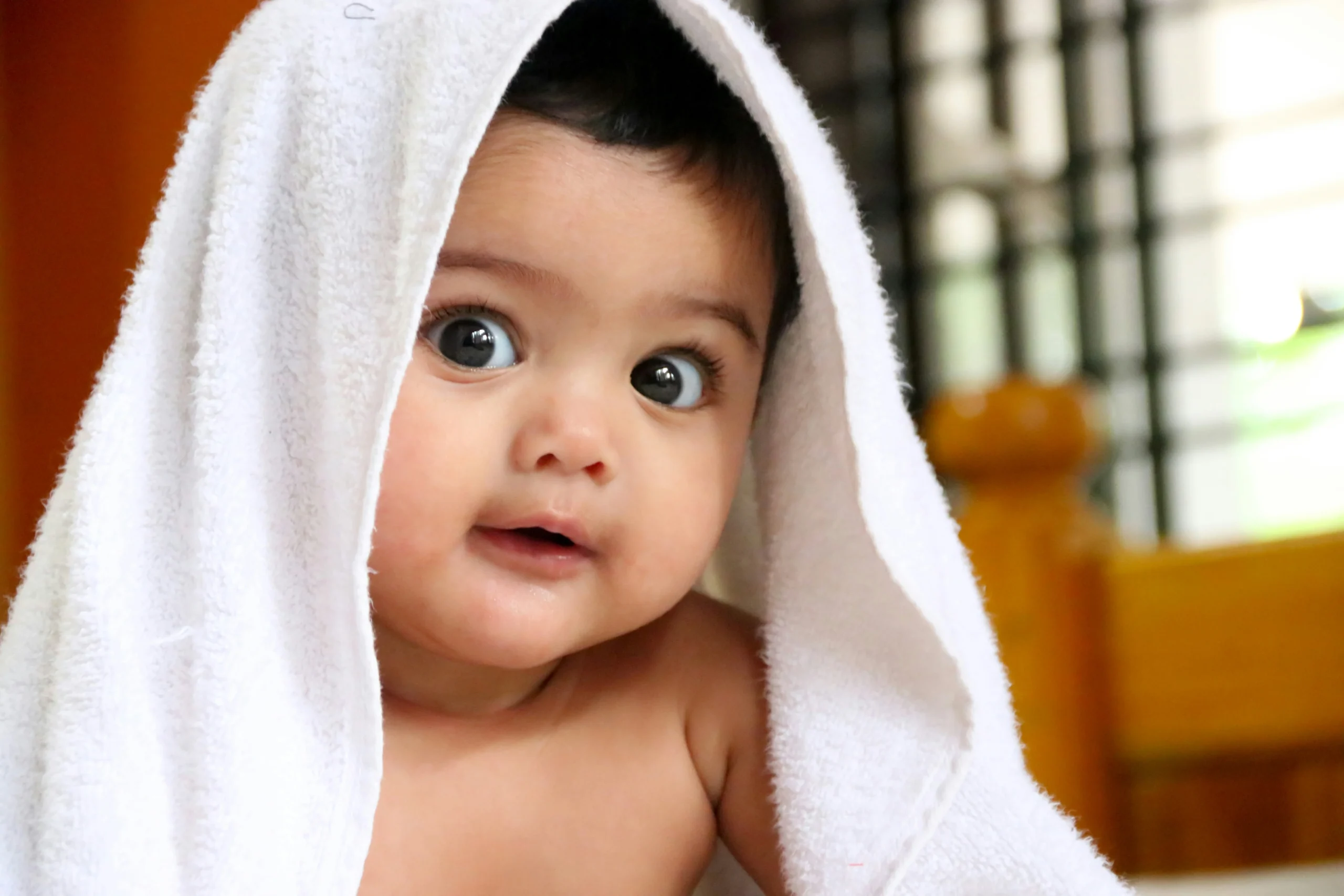“I think I want to try to put myself to bed tonight,” my daughter announced during our morning drive to school.
“What do you mean?” I inquired, puzzled. Since her infancy, our nightly routine had been quite stable: change into pajamas, snuggle into bed, sing a cherished song, activate the sound machine, turn off the lights, and gently close the door.
Over time, however, certain aspects of our routine have shifted. Diapers transitioned to pull-ups, then to underwear, and she now uses the bathroom independently. She no longer requires assistance to select or wear her pajamas.
Her gummy smile evolved into a bright grin with teeth that now need brushing—first by us, and now by her. Yet, some traditions have remained unchanged: pajamas, a special song, the sound machine, lights off, and door closed.
“I think I want to do it by myself,” she reiterated, “I don’t think I need Daddy to sing my special song anymore.”
I felt a lump rise in my throat upon realizing she was referring to the cherished lullaby that her father sings each night. Each of us has our own song—distinct yet equally meaningful to her. His song is a tradition passed from his mother, while mine was a melody created in a moment of desperation when I first became a mother, soothing my crying baby in my arms. It has worked well since that day.
“I am six now,” she declared. “I’m a big kid, so I can do it myself now.”
The lump settled in my stomach, heavy yet manageable enough to allow me to respond, “Okay, honey.”
How is it possible that she feels ready to sleep independently while still referring to her special song as a verb? Tears welled in my eyes, and I wanted to cry out, to plead for just one more night of singing to her.
This moment is reminiscent of times when you realize too late that a farewell was the last—those last hugs or conversations you wish you could savor. I wish I had known that last time would be the last time.
However, I recognized that prioritizing my feelings over her independence would be counterproductive. I would be hindering her progress at a moment when she is eager to stand on her own—unsteady, uncertain, but ready.
“I think I want to try,” she said.
I realize now that I have been waiting for this moment. I even thought I desired it—the growth, the changes, the newfound independence. I voiced my hopes for it, believing it would arrive soon and perhaps be easier. And, in theory, it should streamline our chaotic evenings.
But now, this shift feels premature. My mind may understand, but my heart aches. Change is happening too quickly, and I fear I can’t keep pace.
Her top tooth is loose, signaling change, and that familiar dimpled smile I’ve cherished for years will evolve. Recently, a friend’s innocent comment hurt her feelings, leading to tears and a defensive reaction when she felt vulnerable. Witnessing her pain was unexpected and deeply upsetting—growing pains in every sense.
And now, with wiggly teeth and a tender heart, I feel torn between wanting to hold her close and acknowledging her need for independence.
Something significant is ending, and her words confirm it. Perhaps one day she will find comfort in our special songs again, humming them softly as she tucks herself in at night. Lights off. Door closed.
For more insights on parenting and milestones, check out our related post on home insemination techniques that can help foster growth in your family dynamics. Additionally, if you’re interested in artificial insemination, this resource is beneficial for understanding your options. For comprehensive information on pregnancy, visit Healthline.
Summary:
The evolution of a child’s bedtime routine marks a bittersweet transition in parenting. As children grow and seek independence, parents may grapple with mixed emotions—happiness for their growth and sadness for the fleeting moments of childhood. Embracing these changes is essential for nurturing their development while coping with the emotional challenges that accompany them.
